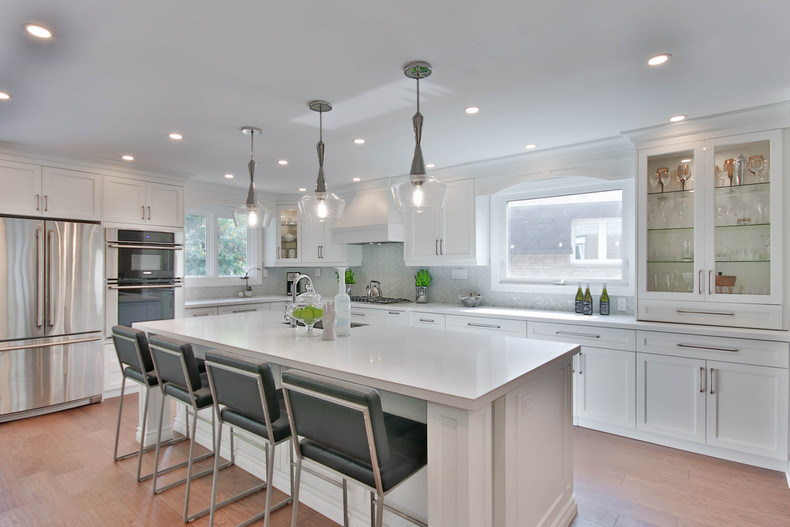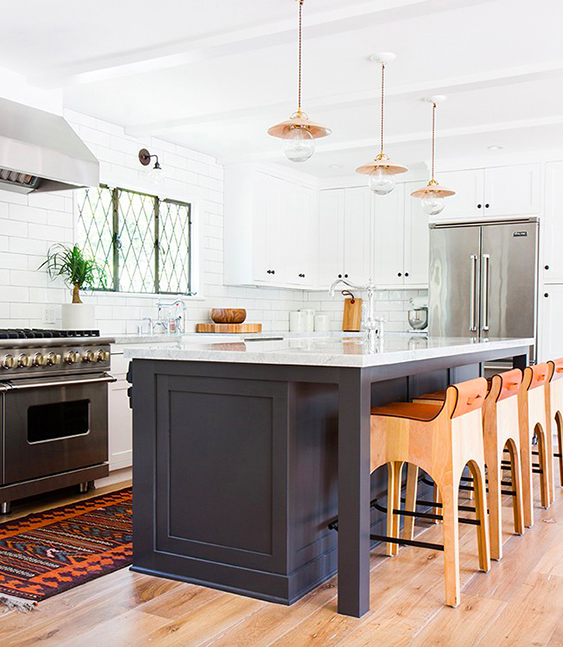Achieve the Perfect Equilibrium of Type and Function with Legs For Kitchen Island
Achieve the Perfect Equilibrium of Type and Function with Legs For Kitchen Island
Blog Article
Crucial Variables to Take Into Consideration When Picking Legs For Cooking Area Island
Choosing the suitable legs for a kitchen area island involves a careful analysis of several aspects that can considerably influence both capability and visual charm. Among these, the selection of product plays a critical role in ensuring longevity, while the layout needs to complement the existing decor. Considerations such as elevation and weight assistance are important for security and comfort. As we explore these aspects, it becomes clear that each decision can have far-reaching effects for the overall cooking area experience. What nuances should be taken into consideration in each of these classifications to achieve the perfect equilibrium?
Product Options
When selecting legs for a kitchen area island, recognizing the various product alternatives is vital for attaining both aesthetic charm and architectural integrity (Legs For Kitchen Island). The option of product dramatically influences not only the longevity of the island but likewise its total layout and functionality
Wood is a prominent selection, offering warmth and adaptability. Strong woods, such as oak or maple, provide stamina and can be discolored or repainted to match the cooking area decor. Metal legs, frequently made from stainless-steel or functioned iron, add a commercial and modern feel while guaranteeing sturdiness and security. These products are immune to use and can sustain considerable weight, making them excellent for bigger islands.
One more option is engineered products, like MDF or plywood, which can be extra cost-efficient while still supplying a variety of surfaces. They might not offer the same degree of security as solid wood or steel. Legs For Kitchen Island. Finally, materials such as acrylic or glass can create a modern look, though they may call for extra support to ensure security.
Ultimately, the selection of product for kitchen island legs need to line up with the preferred functionality and the general style of the kitchen.
Style and Design

When thinking about design, the form and coating of the legs are critical. Tapered legs can provide a sense of lightness and elegance, while thicker, much more robust legs can convey strength and stability. Additionally, the finish-- be it painted, stained, or natural-- should complement the cabinetry and countertop products to develop a unified appearance.
Additionally, the style of the legs can likewise show personal taste. Custom or attractive legs, such as those including complex makings or distinct geometric shapes, can work as focal factors, including character and character to the kitchen. Inevitably, the appropriate selection will not only boost capability however also boost the visual charm, making the kitchen island a standout attribute of the home.
Elevation Considerations
Choosing the ideal elevation for kitchen island legs is crucial, as it straight affects both functionality and convenience. The common height for a kitchen island commonly varies from 36 to 42 inches, aligning with usual counter top elevations. A 36-inch height is ideal for food prep work and cooking, permitting comfy use kitchen area appliances and devices. Conversely, an elevation of 42 inches is typically preferred for islands meant for bar seats, fitting taller feceses and using a casual eating experience.

It is additionally vital to make up individuals' preferences and elevations. Tailoring the height can ensure a comfy experience for all family participants, making the kitchen area island a more delightful and practical area.
Weight Support
Making certain sufficient weight support for cooking area island legs is important for both safety and security and performance. The kitchen island commonly serves numerous purposes, consisting of cooking, eating, and additional storage space, necessitating a durable assistance structure. When picking legs, it is important to take into consideration the total weight capability called for based on the island's planned use and the materials that will certainly be put on it.
The selection of material for the legs plays a considerable duty in their weight-bearing abilities. Strong wood, metal, and sturdy compounds typically give superior stamina contrasted to lighter materials. Furthermore, the layout of the legs-- whether they are straight, tapered, or have a pedestal type-- can affect their capacity to distribute weight successfully across the structure.
Constantly get in touch with the manufacturer's specifications regarding load limits to ensure that the legs can maintain the desired weight without endangering safety and security. In recap, picking kitchen area island legs with appropriate weight support is vital for producing a safe and functional cooking area.
Installation and Maintenance
Correct installment and upkeep of kitchen area island legs are crucial for guaranteeing longevity and security. To start, it is vital to follow the manufacturer's standards during installation. This often entails protecting the legs to the island base making use of proper fasteners, ensuring that the legs are degree and lined up. Utilizing a degree tool can aid stop wobbling and boost the general visual charm of the kitchen island.
Once mounted, regular upkeep is necessary to protect the honesty and appearance of the legs - Legs For Kitchen Island. For wood legs, periodic cleansing with a wet cloth and application of ideal wood polish can protect against moisture damages and maintain their surface. Steel legs might require a mild cleansing service to eliminate oil and grime, complied with by a completely dry cloth to avoid corrosion formation
In addition, inspect the legs frequently for indicators of wear or damages, such as splits or loose joints. Tightening screws Visit This Link or bolts as required can additionally prolong the lifespan of the legs. By adhering to these setup and upkeep methods, house owners can make sure that their kitchen area island continues to be strong and visually appealing for many years to find.
Final Thought

Aesthetic comprehensibility is extremely important in selecting the style and style of legs for a cooking area island, as these components greatly influence the general atmosphere of the room. visit our website Conical legs can provide a sense of lightness and beauty, while thicker, a lot more durable legs can share toughness and security.Choosing the appropriate height for kitchen island legs is important, as it straight affects both capability and convenience. In recap, picking cooking area island legs with ample weight assistance is crucial for developing a secure and useful cooking room.
In verdict, choosing legs for official source a kitchen area island requires cautious consideration of various elements, including product alternatives, design, height, weight support, and installation.
Report this page